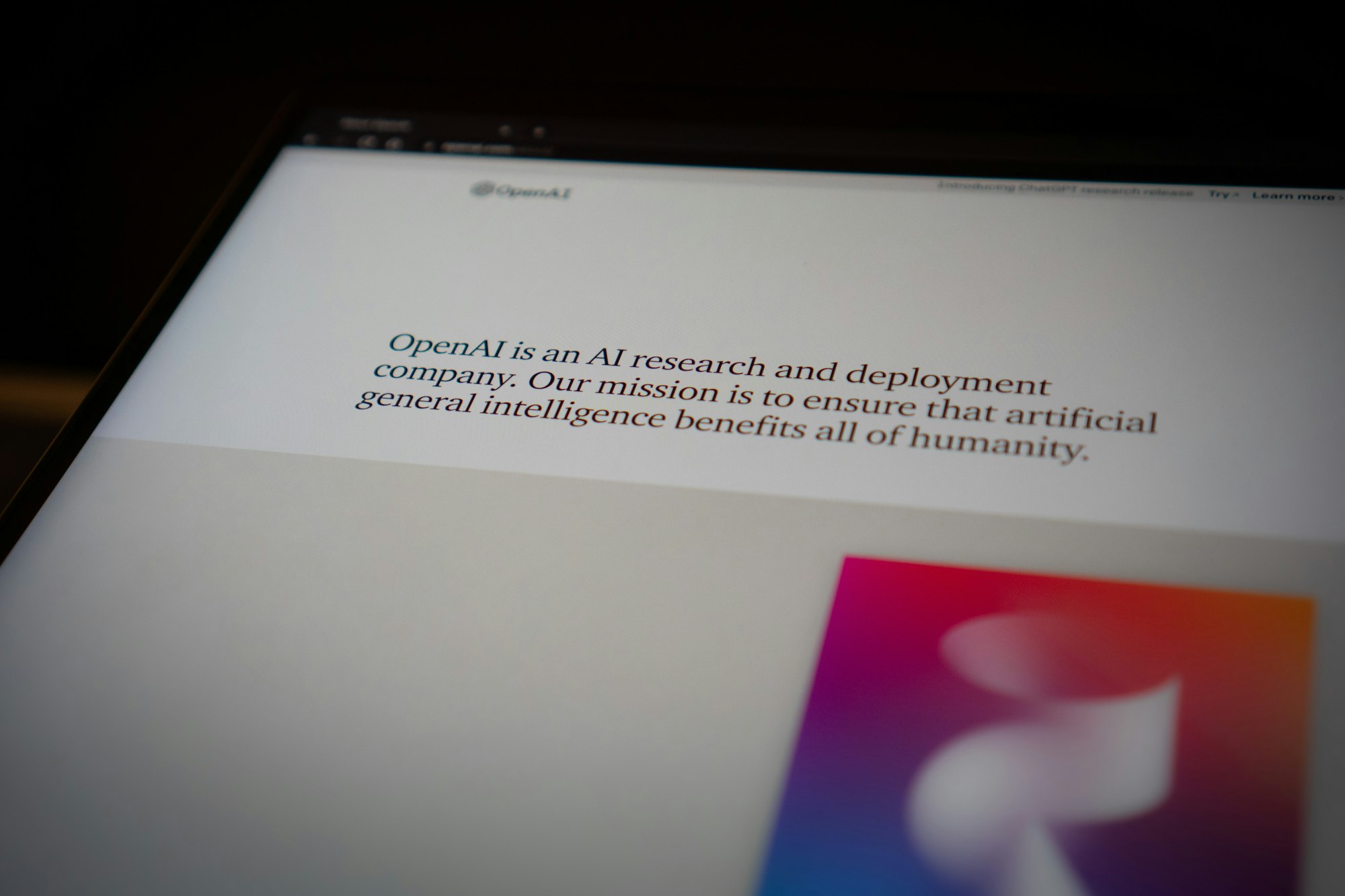Recent research uncovered a surprising vulnerability in ChatGPT’s training data, sparking a bigger conversation about security and privacy in AI-powered products. Below, we’ll explore what this breakthrough means for product teams—and how we can all build smarter and safer AI solutions.
Introduction
In today’s AI-first world, product developers are racing to integrate smart features, automation, and predictive capabilities into their offerings. But with innovation comes responsibility. A new paper, “Extracting Training Data from ChatGPT,” lays bare a pressing concern: skilled attackers can extract verbatim sections of ChatGPT’s training data. This vulnerability serves as a warning for any team looking to weave AI into its product stack.
This post digs into why this vulnerability matters, how it happened, and—most importantly—what product owners and developers should be doing to prevent similar risks in their own AI implementations.
Understanding the Data Extraction Vulnerability
What Happened?
- ChatGPT’s “Alignment”: The model was trained to avoid spilling private or confidential text from its training set.
- Clever Querying: Researchers found ways to circumvent ChatGPT’s filters and coax it into revealing chunks of underlying data.
- Security Gaps: The crux is that alignment alone doesn’t always fix the base model’s inherent flaws. If you know where to poke, you can still retrieve sensitive content.
Why It Matters
This vulnerability highlights a potential Achilles’ heel in AI-driven products: even advanced models can be tricked into revealing private information. In a time when user trust is paramount, not addressing such flaws could open doors to data exposure, legal complications, and reputational damage.
The Implications for Product Development
As product leaders, we’re often tasked with striking the perfect balance between breakthrough innovation and user data protection. Here’s how to keep that equilibrium:
1. Comprehensive Testing
Go Beyond Surface-Level Checks
- Don’t just rely on testing the “aligned” or fine-tuned version of your AI. Look under the hood at the base model, too.
- Ensure you’re probing edge cases, where hidden vulnerabilities might lurk.
Why It’s Important
Surface testing might confirm that your features work as intended in typical scenarios. But subtle vulnerabilities can still slip through, especially under adversarial conditions.
2. Red-Teaming the AI
Think Like an Attacker
- Assemble a dedicated “red team” tasked with breaking or gaming your AI.
- Simulate real-world exploits to identify loopholes before malicious actors do.
Why It’s Important
By proactively uncovering vulnerabilities, you can fix them before they become a public crisis. This forward-thinking approach minimizes damage and enhances the product’s robustness.
3. Patching vs. Fixing Vulnerabilities
Root Cause vs. Quick Fixes
- A temporary patch can block a single exploit vector but may not solve deeper issues.
- True fixes address the architecture of the model or system, ensuring a more durable remedy.
Why It’s Important
Relying on patches alone can create a false sense of security. Over time, quick fixes can accumulate, leading to a fragile system that remains vulnerable to future threats.
4. Privacy by Design
Build Security Into Every Phase
- From initial ideation to final deployment, weave privacy protections directly into the product.
- Encrypt and compartmentalize sensitive data, ensuring it’s not easily surfaced by the AI.
Why It’s Important
If privacy is an afterthought, you risk patchwork solutions and potential compliance issues. Designing with privacy in mind fosters user trust and streamlines later audits or adjustments.
5. Continuous Monitoring
Post-Launch Vigilance
- Keep an eye on your AI model’s live performance to spot anomalies or signs of data leakage early.
- Regularly audit logs for suspicious query patterns that might hint at extraction attempts.
Why It’s Important
Threats evolve. A feature that’s secure today may be breached tomorrow. Ongoing monitoring helps you respond to new attack methods and maintain trust with your user base.
The Role of AI in Product Development
AI can revolutionize how products learn, predict, and scale. Features like personalized recommendations, natural language understanding, and predictive analytics create immense value for end users. Yet, as the ChatGPT vulnerability shows, we can’t just rely on magical results. We need to ensure the technology stays aligned with ethical, secure, and user-centric values.
Toward Responsible AI Usage
As we ride the wave of AI innovation, let’s keep one guiding principle in mind: user trust is everything. Building responsible AI involves:
- Establishing Ethical Guidelines: Document and communicate best practices around data handling, transparency, and security.
- Investing in Robust Security: Allocate resources to continuous testing, red-teaming, and systems monitoring.
- Remaining Transparent: Clearly explain to users how you collect, store, and protect their data. Proactive transparency fosters loyalty and trust.
If the “Extracting Training Data from ChatGPT” paper tells us anything, it’s that we need to design AI solutions that don’t sacrifice privacy in the name of progress. We owe it to our users and stakeholders to deploy AI responsibly, making sure that our drive to innovate never undermines the security and integrity of the products we build.
We live in an era where AI can take our products to unmatched heights—but only if we protect the very data that fuels those breakthroughs. The ChatGPT data extraction vulnerability stands as a wake-up call: no matter how advanced your AI, security oversights can happen if you’re not vigilant every step of the way.
In the end, responsible AI development isn’t just about plugging holes; it’s about recognizing potential risks, acting on them proactively, and maintaining an unwavering commitment to user privacy and trust. Let’s keep pushing AI forward—responsibly.
 Alex Thorpe
Alex Thorpe 
 Power of Co-Creation: Generative AI as Your Ideation Assistant
Power of Co-Creation: Generative AI as Your Ideation Assistant